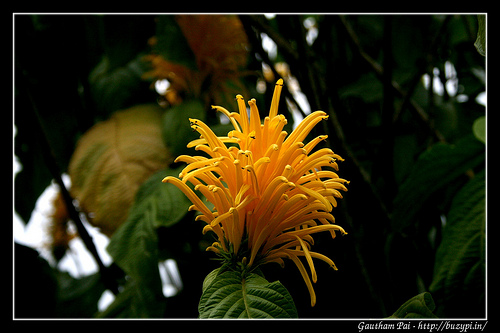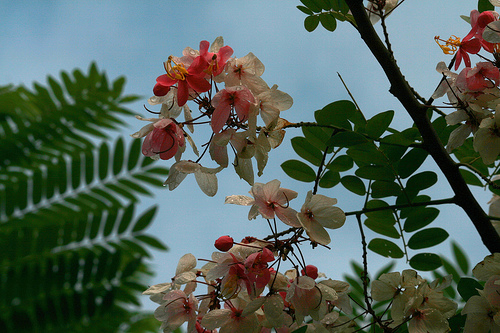I am a technologist. I try and identify patterns in anything I do and try to come up with a general abstraction that applies to the whole everytime. So it is with photography. Ever since I got a Canon Digital Rebel XTi, I began to wonder if there is a way to define the steps such that if followed we get the right snap every time.
[ad name=”blog-post-ad-wide”]
So here are the steps I have been following with full manual photography:
- Composition – Photography is an art. The most important aspect of a photo is the composition. We have seen how sometimes an image taken even with a point-and-shoot turns out to be better than the best of the DSLR’s. Composition is more important than you may think! So whenever you intend to click something, look at what you want to capture – move around to see what might be the best position from where to capture. Decide on horizontal or vertical orientation of the camera. What is the amount of noise (unwanted things in the image). Can it be reduced? Can the noise be made interesting? Think about what your image should look like before clicking – don’t leave it entirely upto the camera. Sometimes you may actually have to take a couple of snaps to see what it looks like, before you get the right shot but don’t that’s only for minor recorrections.
The composition determines the focal length – distance from your camera to the subject that you want to capture. We then look at the exposure triangle.











